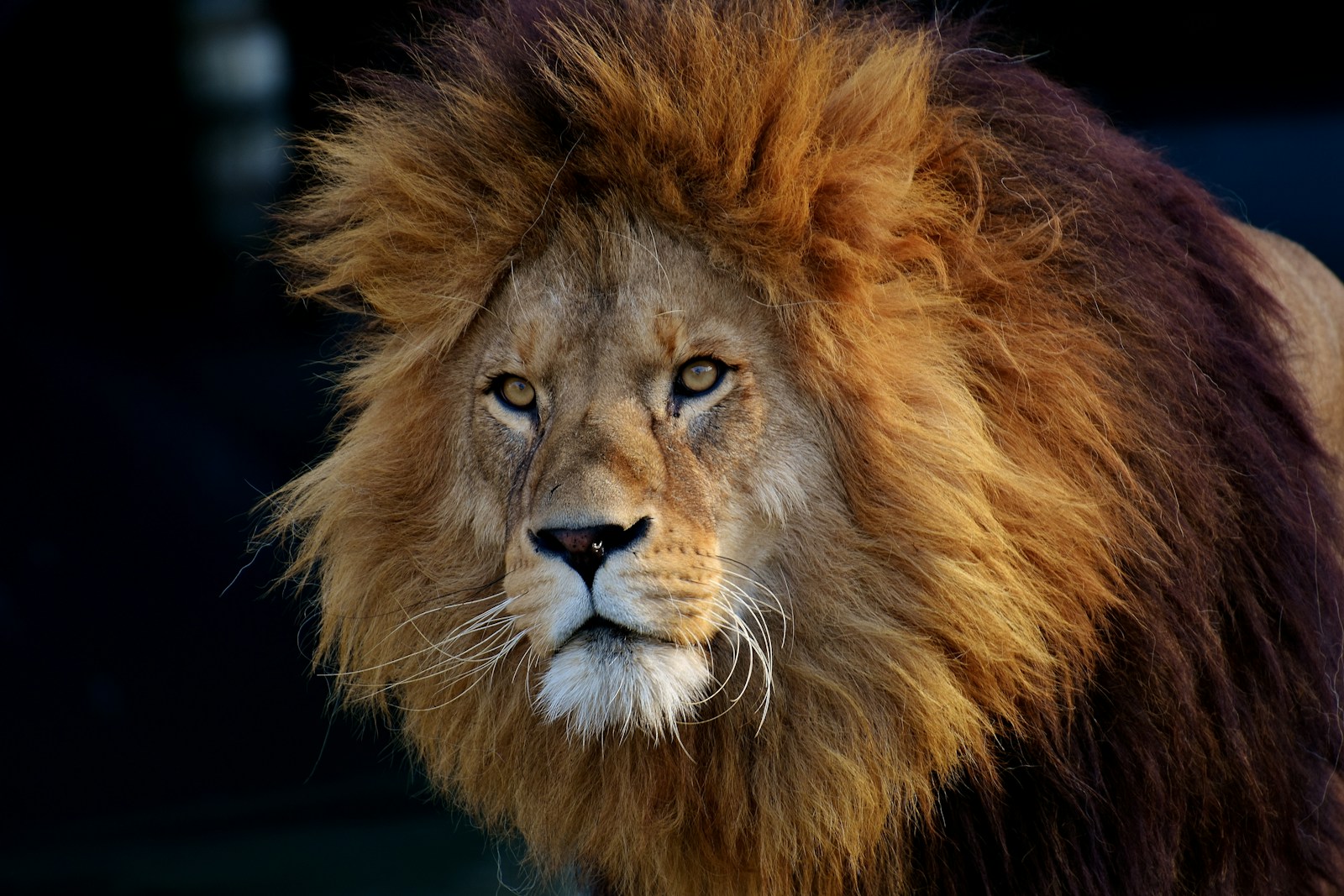In the delicate balance of nature, apex predators stand as silent architects of ecosystem health. These top-tier hunters—wolves prowling through Yellowstone, lions patrolling the Serengeti, or sharks cruising coastal waters—wield influence far beyond their hunting activities. Their presence or absence triggers complex cascades of ecological effects that ripple through entire landscapes, reshaping everything from vegetation patterns to river courses. As conservation science evolves, we’ve come to understand that these formidable creatures aren’t merely charismatic wildlife symbols but essential ecological engineers whose presence defines healthy, functioning ecosystems. This article explores the profound and sometimes surprising ways apex predators help create resilient and diverse park landscapes—demonstrating why their conservation represents not just species preservation but ecosystem investment.
The Ecological Role of Apex Predators
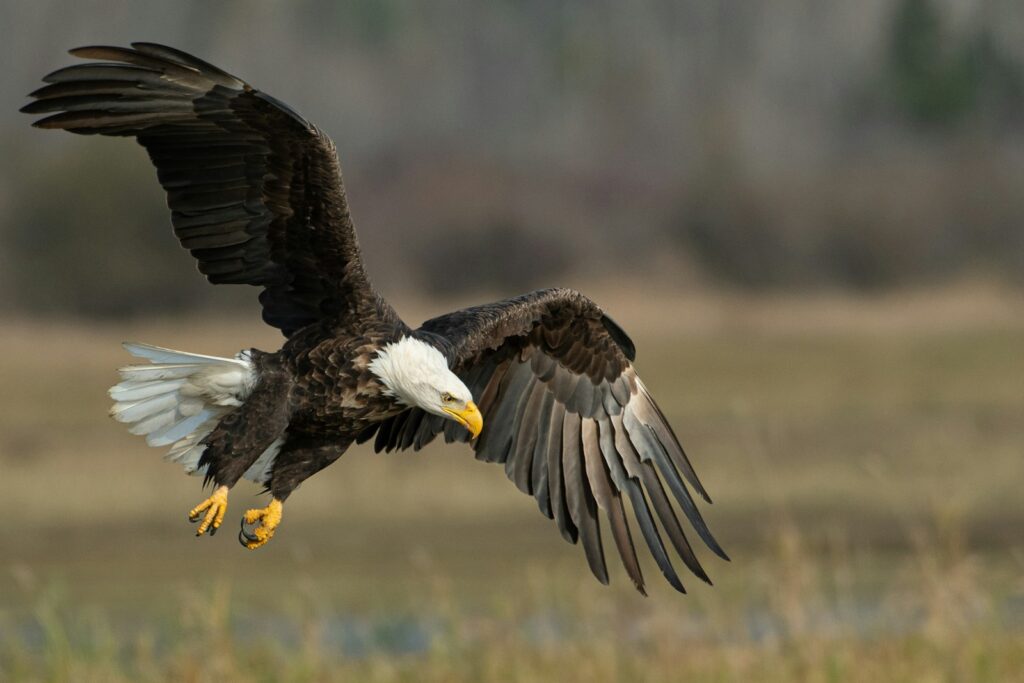
Apex predators occupy the highest trophic level in food webs, exerting top-down control that influences multiple layers of ecosystems. Unlike other species, these predators have few or no natural enemies besides humans, allowing them to regulate prey populations through direct predation. Their hunting behavior creates what ecologists call a “landscape of fear,” where prey animals modify their behavior and distribution to avoid predation risk. This regulatory function prevents any single herbivore species from dominating and overexploiting vegetation resources. The ecological importance of apex predators extends beyond simple predator-prey relationships, as they often initiate trophic cascades—ecological chain reactions that affect organisms across multiple trophic levels, ultimately influencing the physical landscape itself.
The Yellowstone Wolf Reintroduction: A Landmark Case Study
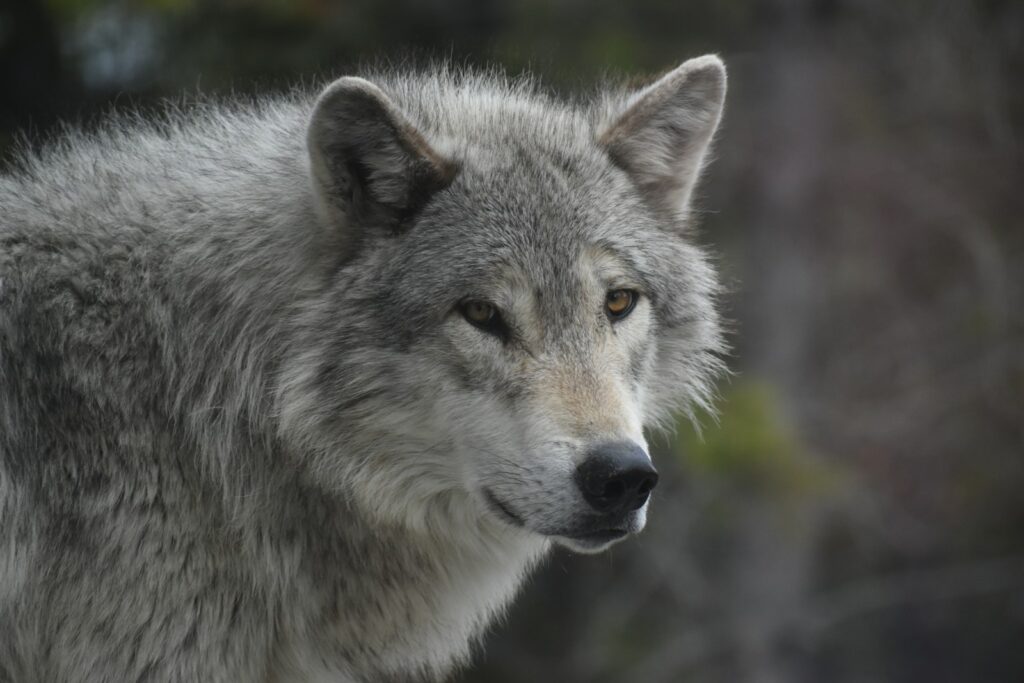
The 1995 reintroduction of gray wolves to Yellowstone National Park stands as perhaps the most documented example of apex predator restoration transforming a landscape. After a 70-year absence, wolves returned to find an ecosystem dominated by large elk herds that browsed vegetation without restriction, preventing aspen, willow, and cottonwood regeneration. Within years of the wolves’ return, researchers documented dramatic shifts in elk behavior—the herbivores began avoiding high-risk areas like river valleys and open meadows where they were vulnerable to predation. This behavioral change allowed previously suppressed vegetation to recover along streams and rivers, with young trees growing tall for the first time in decades. The Yellowstone case demonstrates how a relatively small number of predators can trigger far-reaching changes that ultimately reshape entire landscapes.
Trophic Cascades: The Ripple Effect of Predator Influence
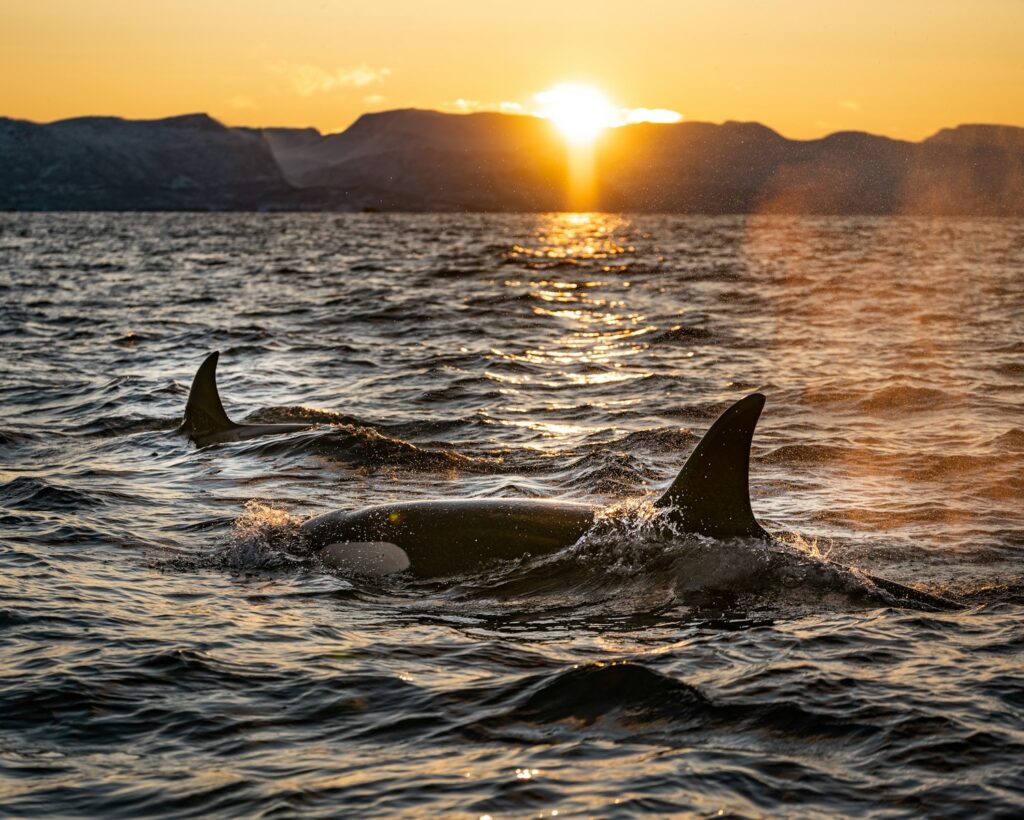
Trophic cascades represent one of the most powerful mechanisms through which apex predators shape landscapes. These ecological chain reactions begin when predators limit herbivore populations or alter their behavior, which in turn affects plant communities, and ultimately impacts physical landscape features and wildlife diversity. In marine systems, sea otters protect kelp forests by controlling sea urchin populations that would otherwise decimate these underwater ecosystems. In terrestrial environments, large carnivores prevent ungulate overpopulation, protecting vegetation that provides habitat for countless smaller species. The absence of apex predators often leads to “mesopredator release,” where medium-sized predators increase in abundance, sometimes decimating smaller prey species. These cascade effects demonstrate that removing apex predators doesn’t simply eliminate one species—it fundamentally alters ecological relationships throughout the system.
Vegetation Recovery and Landscape Transformation
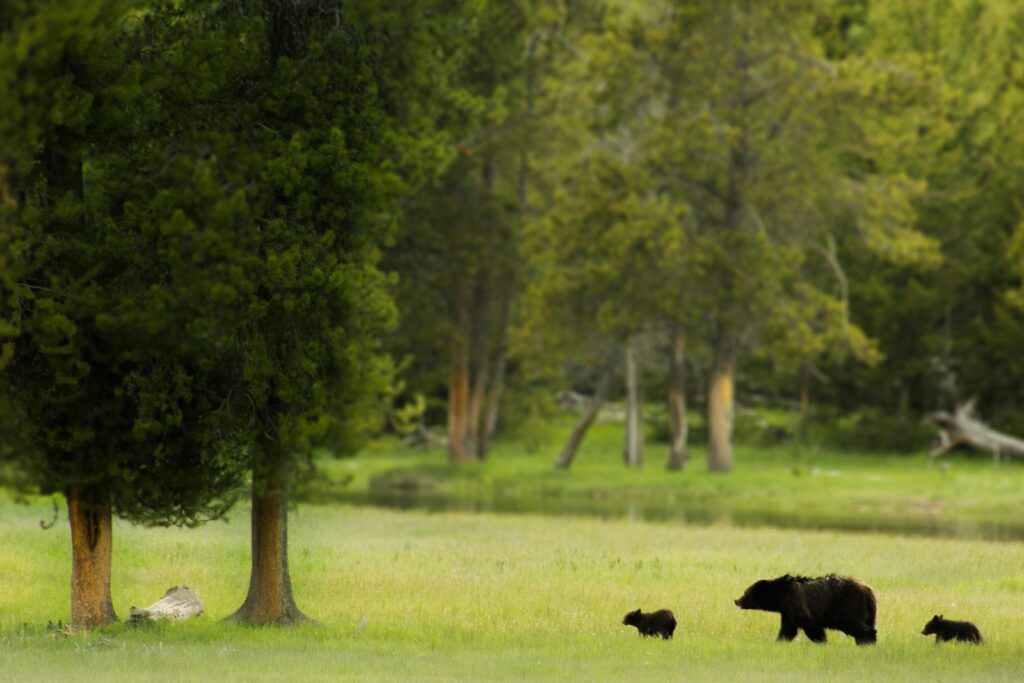
The influence of apex predators on vegetation patterns represents one of their most visible landscape-level impacts. By regulating herbivore populations and behavior, predators prevent overbrowsing and create habitat mosaics—varied patterns of vegetation at different growth stages. In Yellowstone, researchers documented dramatic increases in the height and coverage of aspen, willow, and cottonwood following wolf reintroduction, particularly in risky riparian zones where elk began spending less time. Similarly, in parts of Europe where wolves have naturally recolonized, forests show improved regeneration patterns compared to areas without these predators. These vegetation changes aren’t merely cosmetic—they provide critical habitat for birds, amphibians, and small mammals, enhancing overall biodiversity. The resulting plant communities also improve carbon sequestration, contributing to climate resilience in protected landscapes.
Waterway Health and Hydrological Impacts
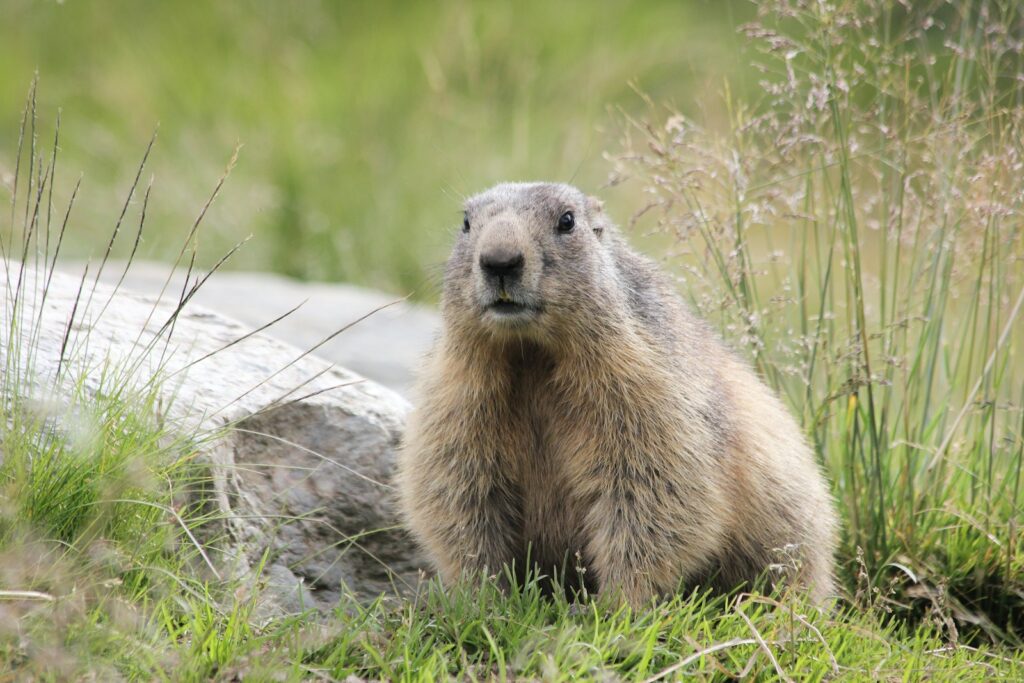
Perhaps most surprisingly, apex predators can transform the physical hydrology of landscapes through what scientists call “behaviorally mediated effects” on waterways. When wolves returned to Yellowstone, their influence on elk browsing patterns allowed streamside willows and other riparian vegetation to recover. This vegetation stabilized stream banks, reduced erosion, and narrowed channels, creating more complex aquatic habitats. Beaver populations, which had declined due to lack of building materials, rebounded as willows recovered, further engineering waterways through dam construction. These beaver dams created wetland habitats, raised water tables, and moderated seasonal water flow extremes. Research has documented improvements in water quality, fish habitat, and amphibian populations following these hydrological changes, demonstrating how predator effects can literally reshape the landscape’s waterways.
Carrion and Nutrient Cycling
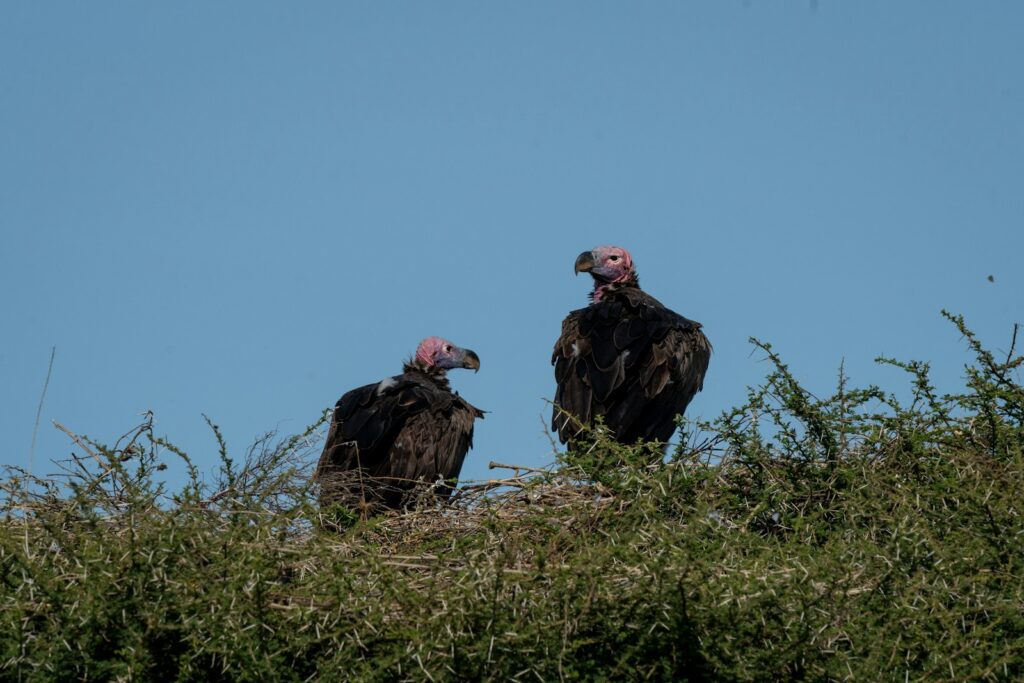
Apex predators contribute to landscape health through the crucial ecological service of providing carrion—the partially consumed remains of their kills. These carcasses create concentrated nutrient hotspots that benefit an astonishing diversity of scavengers, from bears and eagles to ravens, beetles, and specialized microorganisms. A single wolf kill in winter may feed dozens of species, redistributing nutrients across landscapes that might otherwise remain locked in living herbivore tissue. The spatial and temporal distribution of these carcasses matters ecologically—unlike mass die-offs during harsh winters, predator kills occur year-round and across varied terrain. This steady supply of carrion supports scavenger communities through seasonal bottlenecks and provides critical food resources during breeding seasons for many species.
Disease Control and Population Health
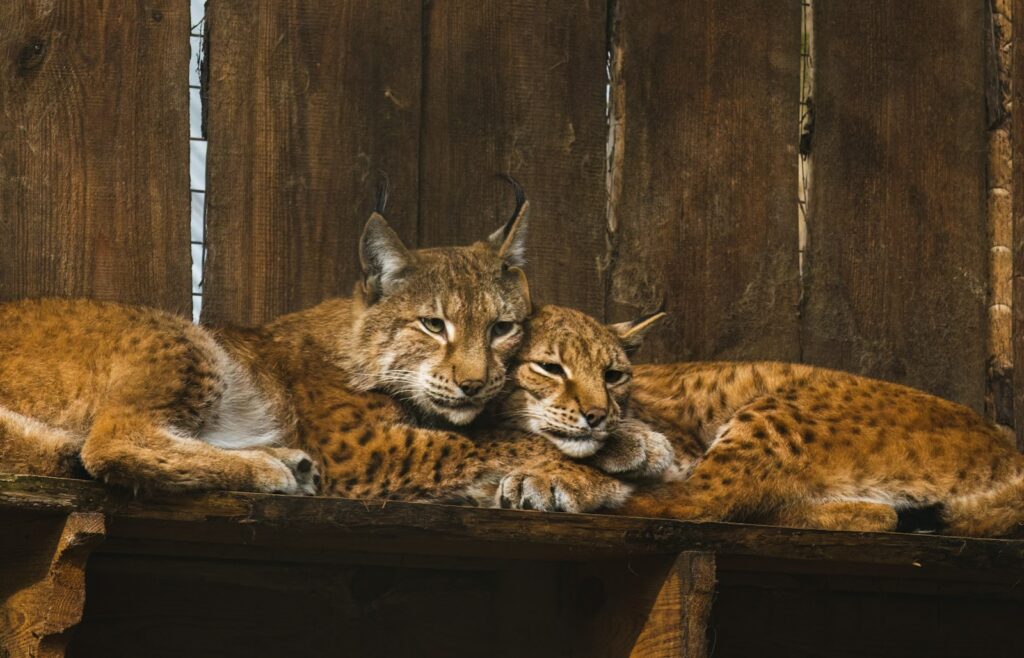
Healthy predator populations contribute to landscape integrity by reducing disease prevalence among prey species. By targeting vulnerable individuals—the weak, sick, injured, very young, or very old—apex predators remove disease vectors from prey populations before pathogens can spread widely. This “sanitation effect” has been documented in multiple systems, where predators selectively remove animals infected with conditions like chronic wasting disease in deer or tuberculosis in buffalo. Beyond direct disease removal, predators maintain healthier prey gene pools by applying selective pressure that favors stronger, more resilient individuals. The absence of this natural selection mechanism can result in compromised prey population health and increased disease transmission between wildlife and domestic animals, with potential consequences for human health as well.
Biodiversity Enhancement Beyond Direct Predation
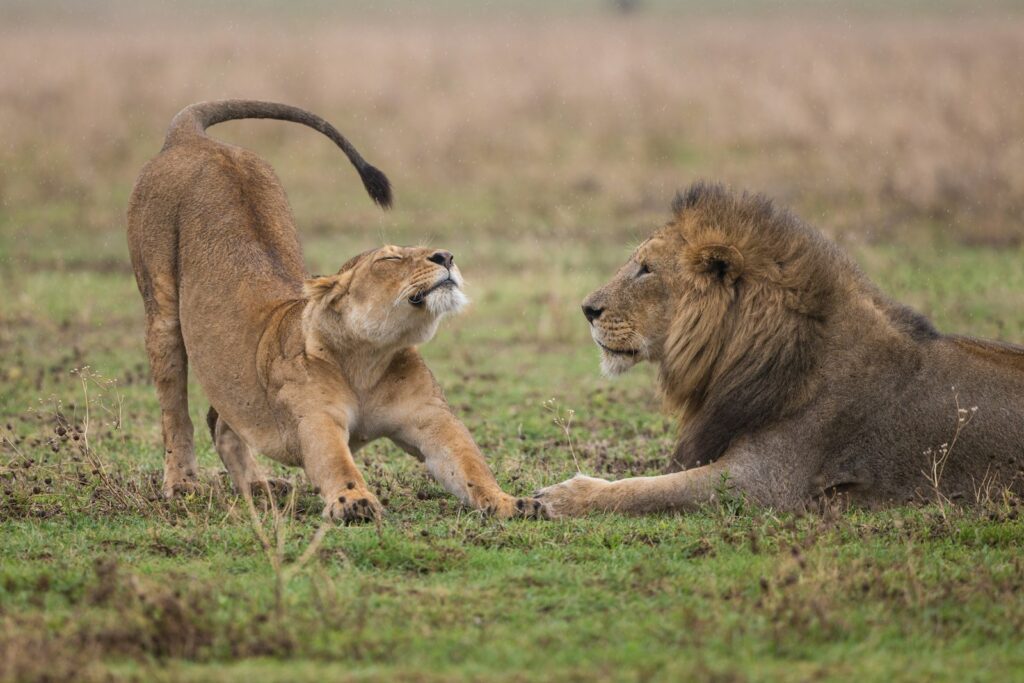
The presence of apex predators promotes biodiversity through numerous indirect pathways beyond their direct hunting impacts. By preventing any single herbivore species from dominating resources, predators maintain openings for a wider variety of plants and animals to thrive. Their kills create feeding opportunities for scavengers, while their movement patterns create dynamic disturbances that prevent ecological stagnation. Many apex predators serve as “umbrella species” whose protection automatically safeguards habitat for countless smaller organisms sharing their range. In African savannas, lion presence affects herbivore distribution patterns, creating habitat heterogeneity that supports greater diversity of bird, insect, and plant species. Even predator behaviors like territorial marking can influence landscape use by other wildlife, creating complex spatial patterns that enhance overall biodiversity.
Resilience to Environmental Change and Invasive Species
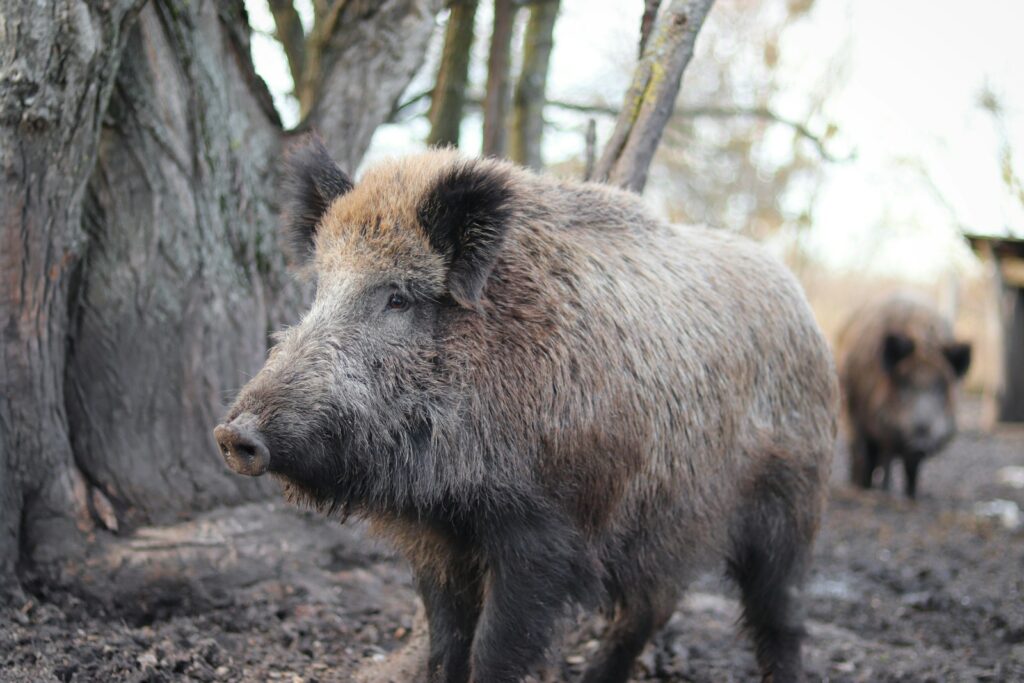
Ecosystems with intact predator guilds demonstrate enhanced resilience to environmental stressors, including climate change and invasive species. By maintaining balanced ecological relationships, apex predators help create systems better able to absorb disturbances without shifting to new, potentially degraded states. Their regulatory effects on herbivore populations prevent vegetation simplification that might reduce ecosystem adaptability. In many cases, native predators have proven effective at controlling invasive prey species that lack appropriate fear responses or defensive adaptations. For instance, recovered wolf populations in portions of Europe have helped control invasive wild boar populations that damage native vegetation. This capacity to maintain system integrity becomes increasingly valuable as parks face escalating threats from human-driven environmental changes.
Challenges in Predator Conservation Within Park Boundaries
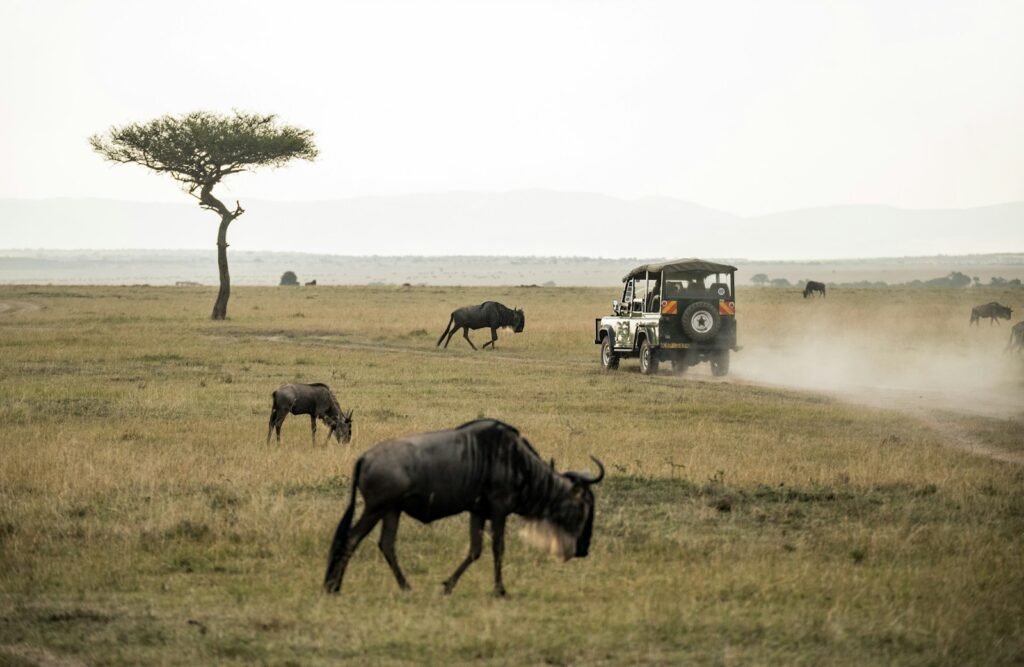
Despite their ecological importance, maintaining healthy apex predator populations within park boundaries presents significant challenges. Many large carnivores require expansive territories that extend beyond protected area boundaries, creating inevitable conflicts with human activities in surrounding landscapes. Even large national parks often prove insufficient to support viable predator populations without connectivity to other habitat areas. Managing these edge effects requires sophisticated approaches to human-wildlife conflict mitigation, including compensation programs for livestock losses, educational outreach, and wildlife corridor protection. Parks must also contend with rapidly changing public perceptions of predators, from traditional fears to more recent tendencies toward inappropriate habituation through wildlife feeding or photography. Successful predator conservation demands integrated management that acknowledges both ecological needs and complex human dimensions.
Economic and Social Benefits of Predator Restoration
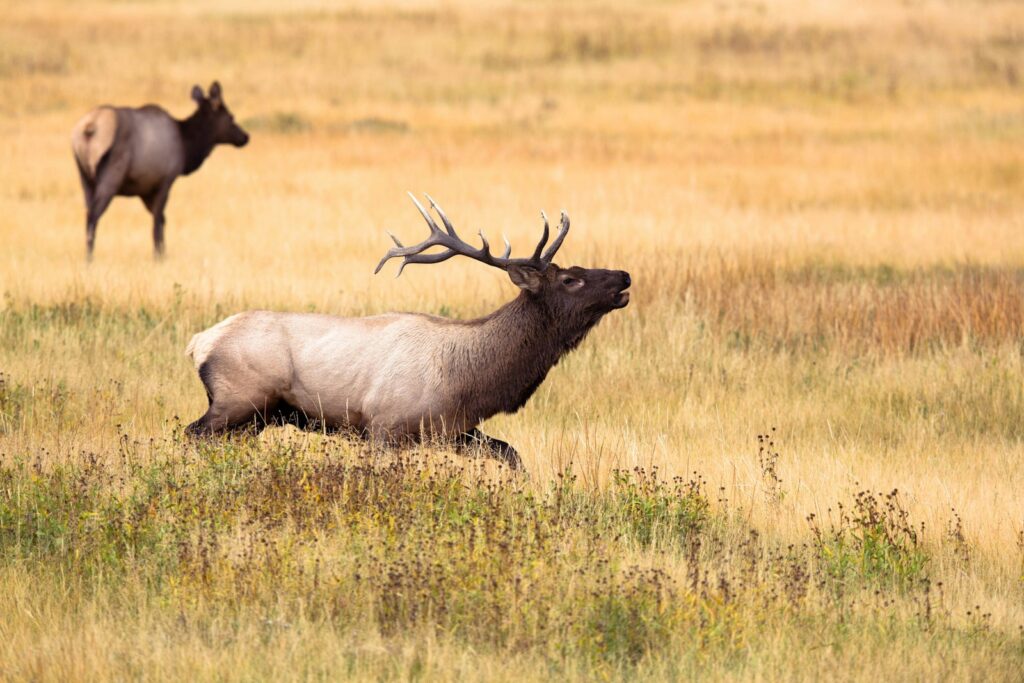
The restoration of apex predators to park landscapes generates substantial economic and social benefits that extend far beyond ecological improvements. Charismatic predators drive wildlife tourism, with wolf watching alone generating an estimated $35 million annually for communities surrounding Yellowstone. This tourism creates sustainable jobs that diversify rural economies previously dependent on resource extraction. The presence of complete, functioning ecosystems with apex predators provides educational opportunities that connect people with natural processes and build support for conservation. Indigenous communities often experience cultural revitalization through the return of predators that feature prominently in traditional knowledge systems and spiritual practices. These multifaceted benefits demonstrate that predator conservation represents not just an ecological investment but a socioeconomic one as well.
Management Strategies for Healthy Predator-Prey Dynamics
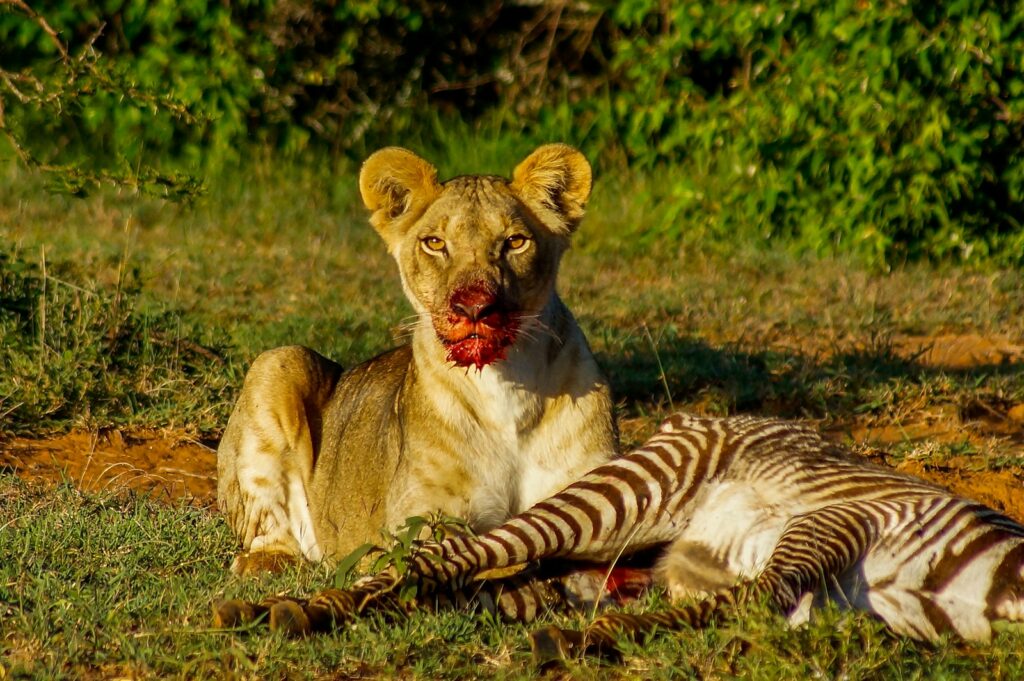
Effective park management increasingly emphasizes maintaining or restoring natural predator-prey dynamics rather than focusing on specific population numbers. This approach recognizes that predator and prey populations naturally fluctuate, and attempts to maintain artificial stability often create unintended consequences. Managers now employ adaptive strategies that monitor ecosystem processes and outcomes rather than rigidly controlling population numbers. Where direct reintroduction isn’t feasible, some parks experiment with “ecological surrogates”—species that might partially fulfill missing predator functions. Successful predator management requires extensive monitoring of not just population numbers but behavioral effects, vegetation responses, and cascading impacts throughout ecosystems. As climate change alters habitats, predator conservation increasingly involves protecting potential future habitats and migration corridors to allow natural range adjustments.
Future Directions in Predator-Driven Landscape Management
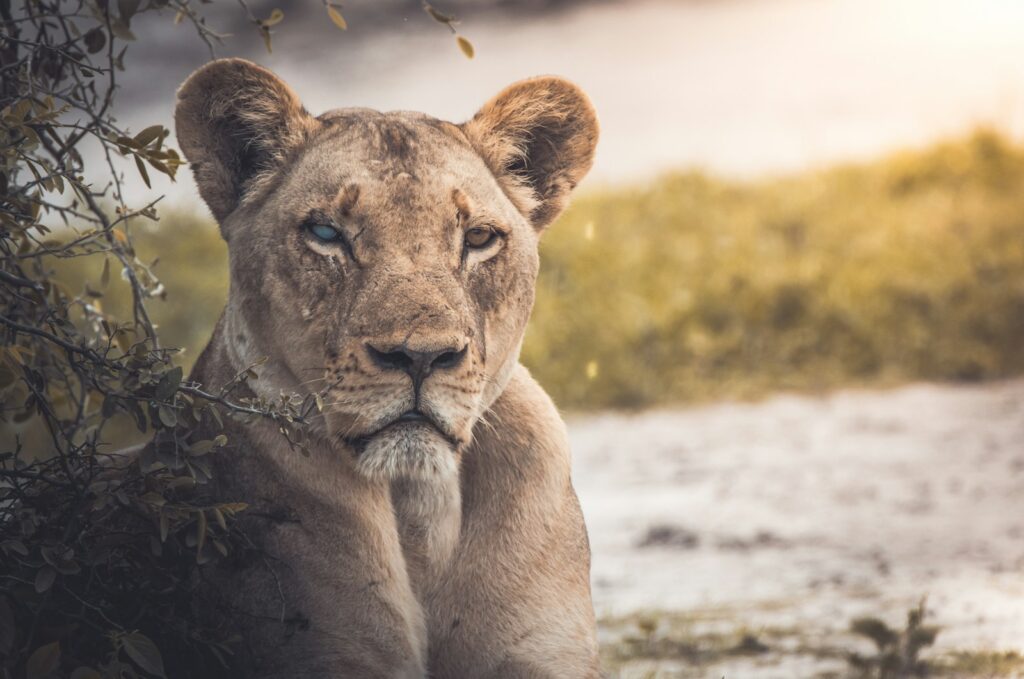
The science of apex predator ecology continues to evolve, revealing increasingly sophisticated understanding of how these animals shape landscapes. Future management approaches will likely incorporate more nuanced appreciation for predator behavior, considering not just presence/absence but how predator hunting patterns, territorial behaviors, and social structures influence ecosystem processes. Emerging technologies like GPS collaring, environmental DNA monitoring, and remote sensing enable more comprehensive tracking of predator impacts across landscapes. The rewilding movement—which emphasizes restoring ecological processes rather than specific historical conditions—increasingly looks to apex predator restoration as a central strategy. As human development intensifies pressure on natural systems, the strategic conservation of apex predators offers a powerful tool for maintaining healthy, self-regulating park landscapes that can withstand environmental changes while continuing to provide essential ecosystem services.
The story of apex predators in park landscapes reveals nature’s intricate interconnectedness—where the hunting behavior of a relatively small number of carnivores can transform entire ecosystems. From Yellowstone’s wolves to Florida’s panthers, these predators don’t simply exist within landscapes; they actively create and maintain them through complex ecological relationships. Their conservation represents an investment in ecosystem functionality that pays dividends through enhanced biodiversity, improved watershed health, increased climate resilience, and economic benefits. As we face unprecedented environmental challenges, the lesson from apex predator ecology becomes clear: sometimes the most effective management approach is to restore nature’s own engineers and allow their ancient regulatory mechanisms to heal damaged landscapes. The resulting parks aren’t just scenic preserves but living, dynamic systems whose health remains inextricably linked to the apex predators that help shape them.

